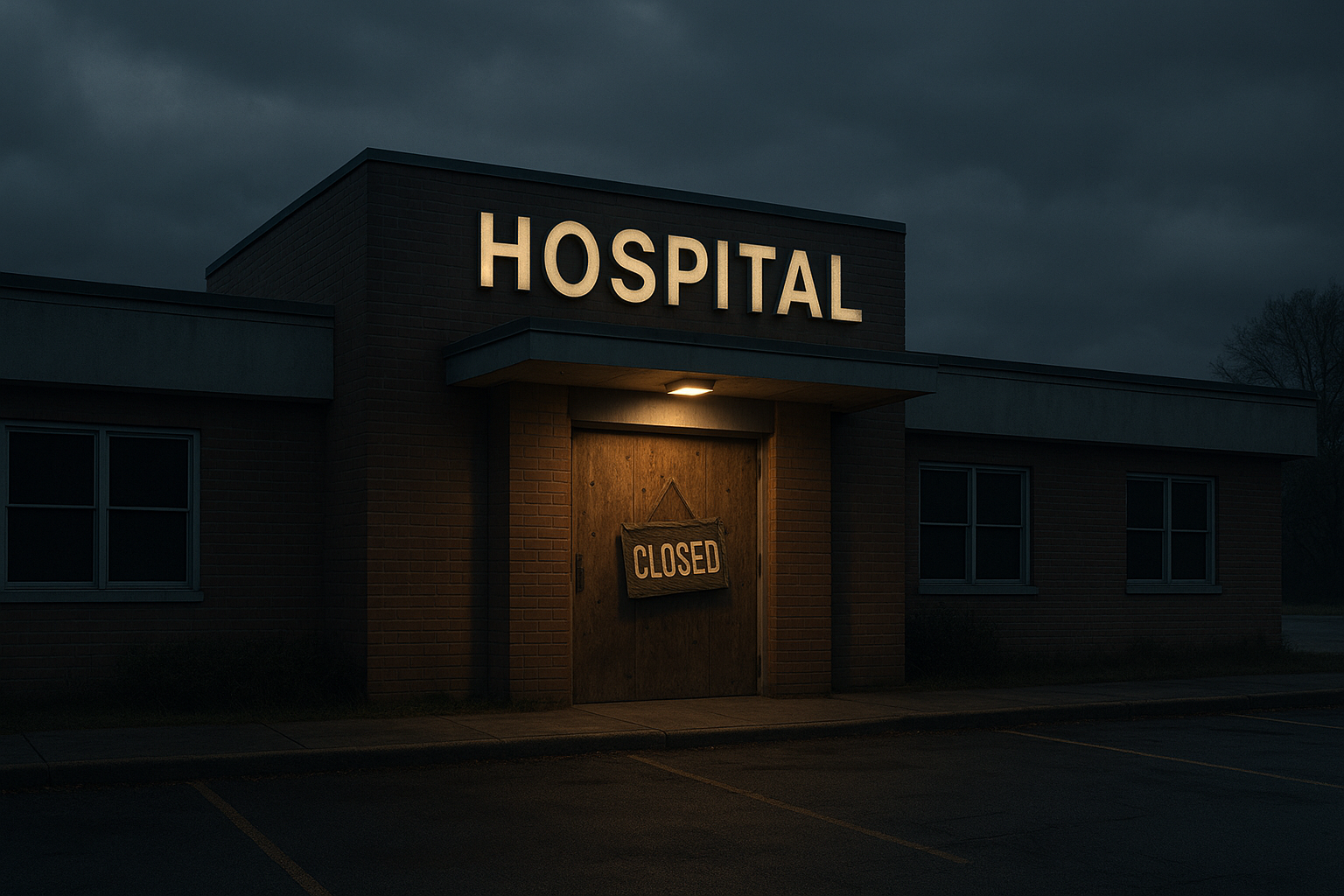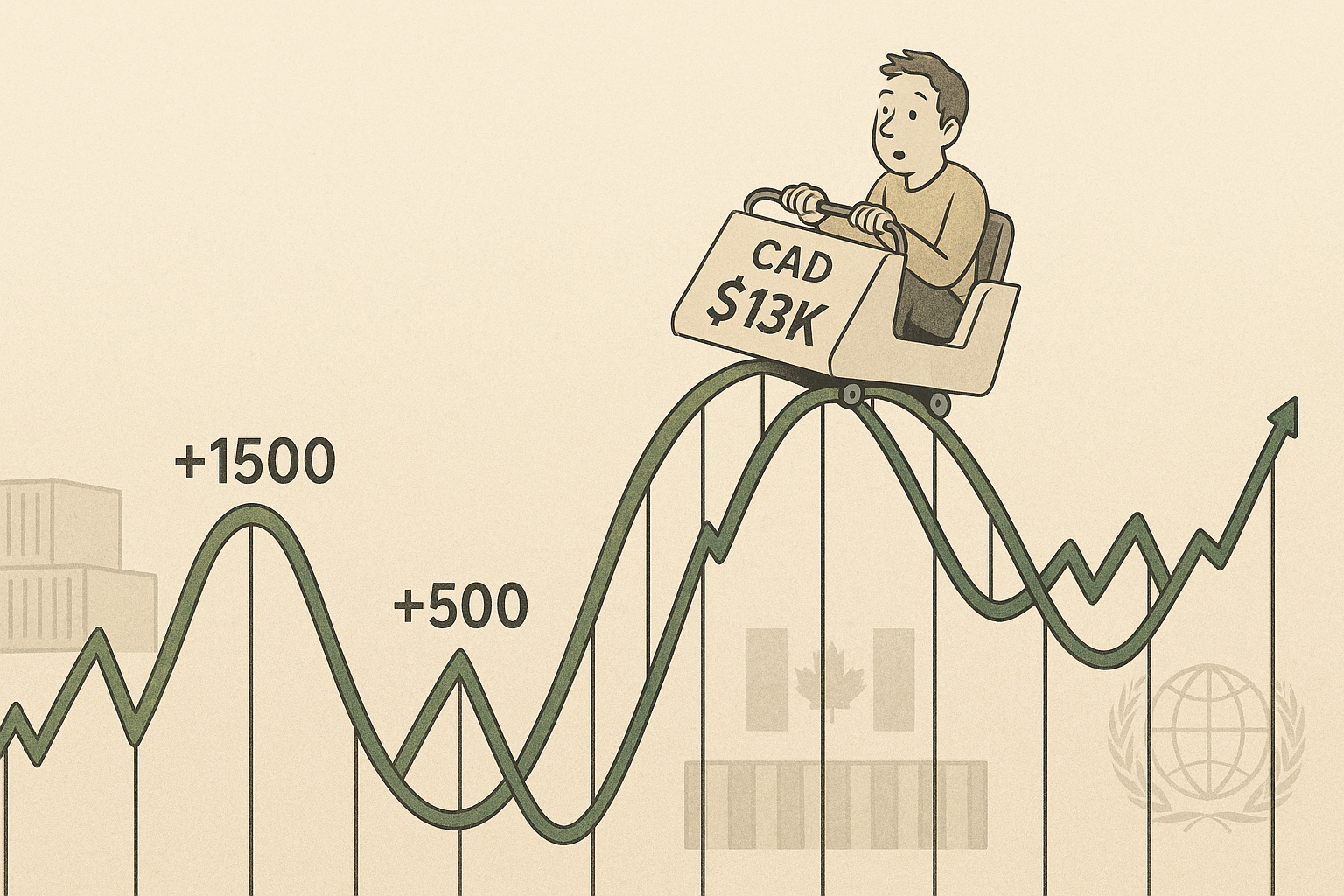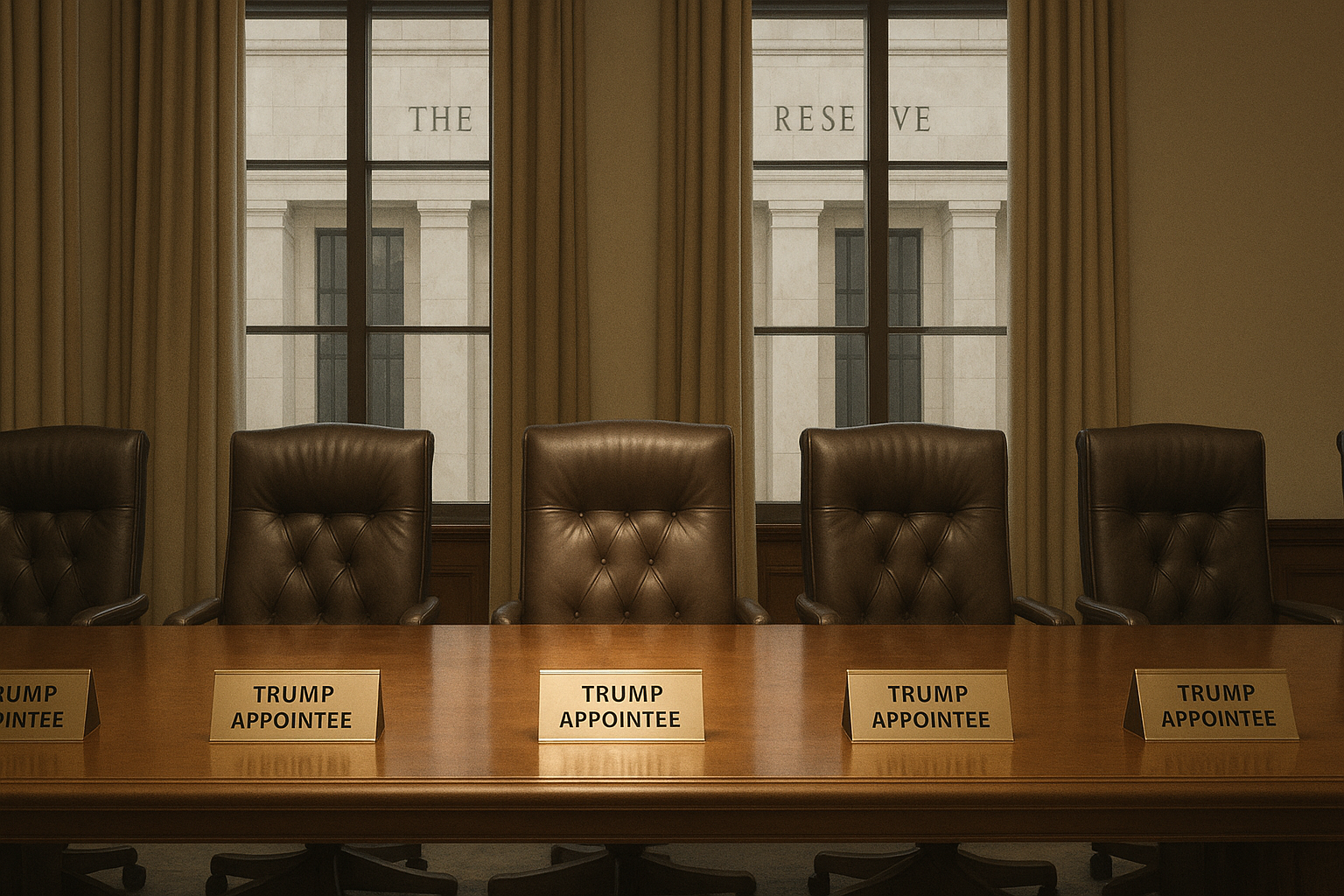In what might be the most ironically named piece of legislation since the Patriot Act, the "Big Beautiful Bill Act" has landed with all the subtlety of a sledgehammer on America's healthcare system. Passed on July 1, 2025, this sweeping legislation takes a chainsaw to Medicare and Medicaid funding with cuts that would make even the most hardened budget hawk wince.
Let's be clear about what we're looking at: $793 billion slashed from Medicaid over a decade and roughly $2 trillion carved out of Medicare. Numbers so large they become almost theoretical—until you consider what they mean on the ground.
The Healthcare Domino Effect
The market, as it often does, is still processing what this means. But I've been watching healthcare REITs with particular fascination—they sit at the precise intersection where public policy meets private capital, where congressional budget math translates into real estate balance sheets.
The mechanics here aren't complicated. When government reimbursements fall, healthcare providers feel the squeeze. When providers feel the squeeze, they either raise prices (if they can), cut services (if they must), or close their doors (if they have no choice). And when healthcare facilities close, the REITs that own those buildings suddenly find themselves with some very expensive empty boxes.
Between 7 and 8 million Americans are expected to lose Medicaid coverage, with up to 17 million total losing health insurance by 2034. That's a population larger than many states suddenly unable to pay for healthcare. And where do the uninsured go when they need care? Emergency rooms—the most expensive, least efficient delivery system possible.
The REIT Ricochet
The bill does throw one small bone to real estate investors by raising the pass-through deduction from 20% to 23%. A tax break! The market loves tax breaks. But this is like getting a discount on fire insurance while your house is actively burning.
Consider the tenant mix for major healthcare REITs like Welltower (WELL), Ventas (VTR), or Omega Healthcare Investors (OHI). They're heavily exposed to nursing homes and senior housing—precisely the facilities caught between Medicare cuts and new staffing mandates that increase operating costs. Medical Properties Trust (MPW), already struggling in recent years, depends on hospitals that will now see more uncompensated care.
The model I'm watching play out here is what I call the "healthcare real estate squeeze"—when government cuts coincide with regulatory increases, creating a vice grip on operators' margins. The buildings don't become less expensive to maintain, but the revenue flowing through them diminishes.
Rural America Takes the Hit
Here's a prediction: The first facilities to fold will be in rural America. Already operating on razor-thin margins, rural hospitals simply don't have the financial cushion to absorb these cuts. When they close, patients sometimes have to travel 50+ miles for emergency care—a concept so foreign to urban investors that it barely registers in market analyses.
But it should. Because when a rural hospital closes, that property doesn't just lose value—it often becomes nearly worthless. What exactly do you repurpose a 75,000-square-foot hospital in a town of 8,000 people into? A very large Applebee's?
The Long Game for Investors
For healthcare REIT investors, this sets up an interesting dynamic. Near-term, expect significant volatility as the market sorts through winners and losers. The strongest operators—those with scale, pricing power, and less reliance on government reimbursement—will survive and potentially thrive as weaker competitors fail.
This suggests a barbell strategy: either bet on the premium providers serving the wealthy who can pay out-of-pocket, or focus on the most efficient operators serving Medicare Advantage patients. The middle ground looks increasingly precarious.
Watch for portfolio rebalancing among the major REITs. Smart management teams will be aggressively culling vulnerable properties and tenants before the full impact hits. Expect dividend coverage ratios to become the most scrutinized metric in quarterly reports.
In the end, what makes this situation so fascinating is how directly it ties abstract policy decisions to concrete real estate values. The market is still pricing these securities as though the fundamentals haven't changed, but change they have, and dramatically so.
The Big Beautiful Bill may deliver tax cuts, but for healthcare REITs, the prognosis is anything but beautiful. Investors would be wise to examine their exposures now, before the market fully digests what's coming.




